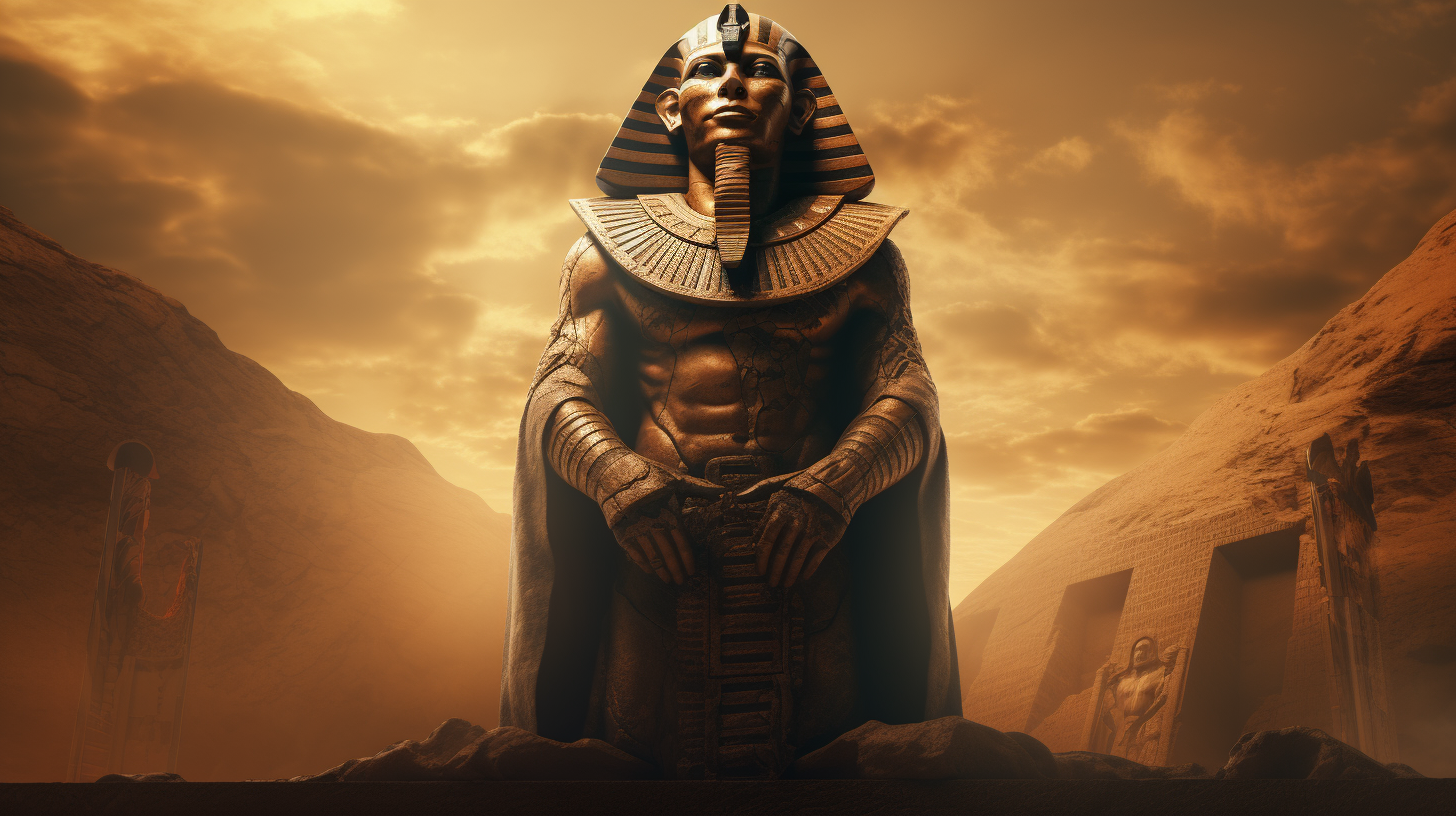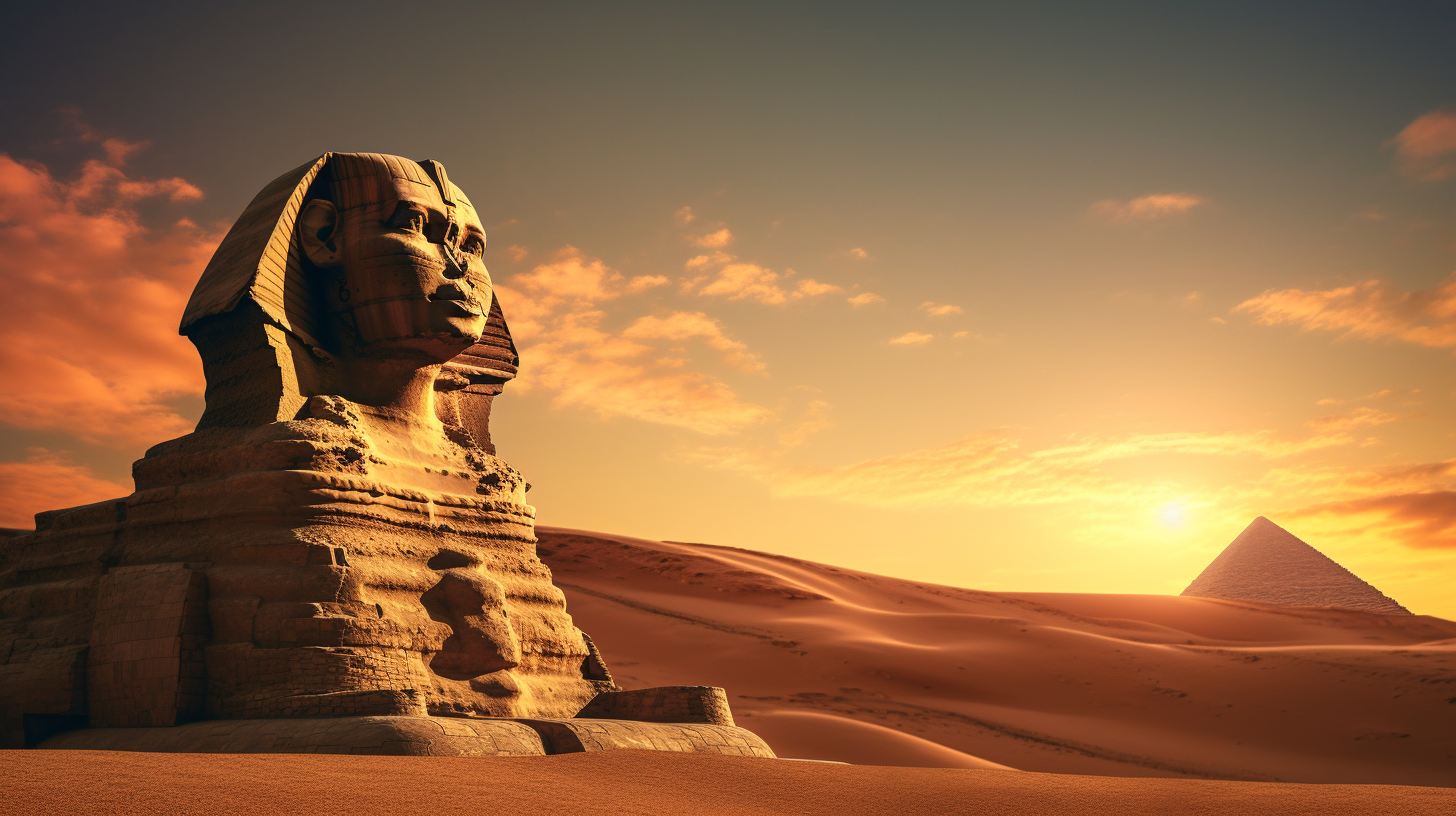Throughout history, exceptional individuals have captivated the world with their remarkable talents. Edgar Cayce, the celebrated American psychic and healer, was one such individual. His extraordinary ability to diagnose illnesses remotely and access the fabled Akashic Record, known as the “book of life,” garnered worldwide acclaim in the early 20th century.
However, Cayce’s legendary status was not solely due to his medical gifts. His assertions about the Sphinx and its ties to the lost civilization of Atlantis continue to pique our curiosity even today.
During a deep psychic trance, Cayce made a striking proclamation concerning the Sphinx. He claimed to have been a prominent priest in ancient Egypt in a past life and played a direct role in erecting this enigmatic monument.
Furthermore, Cayce’s readings indicated that the Sphinx and the pyramids were built circa 10,490 BC. While this may seem astonishing, there is a compelling argument for the accuracy of Cayce’s claims.

Cayce’s fascination with the Sphinx extended further. He strongly believed that this massive statue held the key to unraveling the enigmas of Atlantis—a civilization often dismissed as myth. According to Cayce, Atlantis, as referenced by Plato, was a tangible realm that coincided with a glorious era in ancient Egypt. This synchronization of timelines raises queries about whether the Sphinx could indeed be a relic of this advanced society.
One of Cayce’s most intriguing prophecies revolved around a concealed chamber beneath the Sphinx, believed to house the legendary Hall of Records from Atlantis. In this chamber, he suggested, lay ancient wisdom, technology, and archives waiting to be rediscovered. Cayce’s vision hinted at a lost epoch in human narrative—one where we possessed a sophisticated information storage system resembling the “Atlantean internet.”
In 1978, nearly 45 years after Cayce’s readings, the Edgar Cayce Foundation initiated the Sphinx Exploration Project. Their objective was to locate the elusive chambers beneath the Sphinx that could lead to the Hall of Records. They drilled eight holes under the monument, revealing anomalies hinting at potential chambers rather than mere crevices. Unfortunately, their endeavors were abruptly halted by the Egyptian military, leaving the mystery of what lies beneath the Sphinx unsolved.
The concept of a concealed chamber containing ancient archives remains a captivating puzzle. It prompts profound reflections on humanity’s true antiquity and the likelihood of advanced civilizations pre-dating our current historical understanding. While the secrets of the Sphinx and Atlantis remain partially shrouded, the everlasting allure of these mysteries continues to stimulate exploration and conjecture.
Video:
In essence, the tale of the Sphinx and its ties to Atlantis serves as a poignant reminder that much of our past remains veiled. The pursuit of knowledge and the fascination with the unknown are the driving forces propelling us to seek, explore, and ultimately uncover the extraordinary truths that may one day reshape our comprehension of the ancient world.
